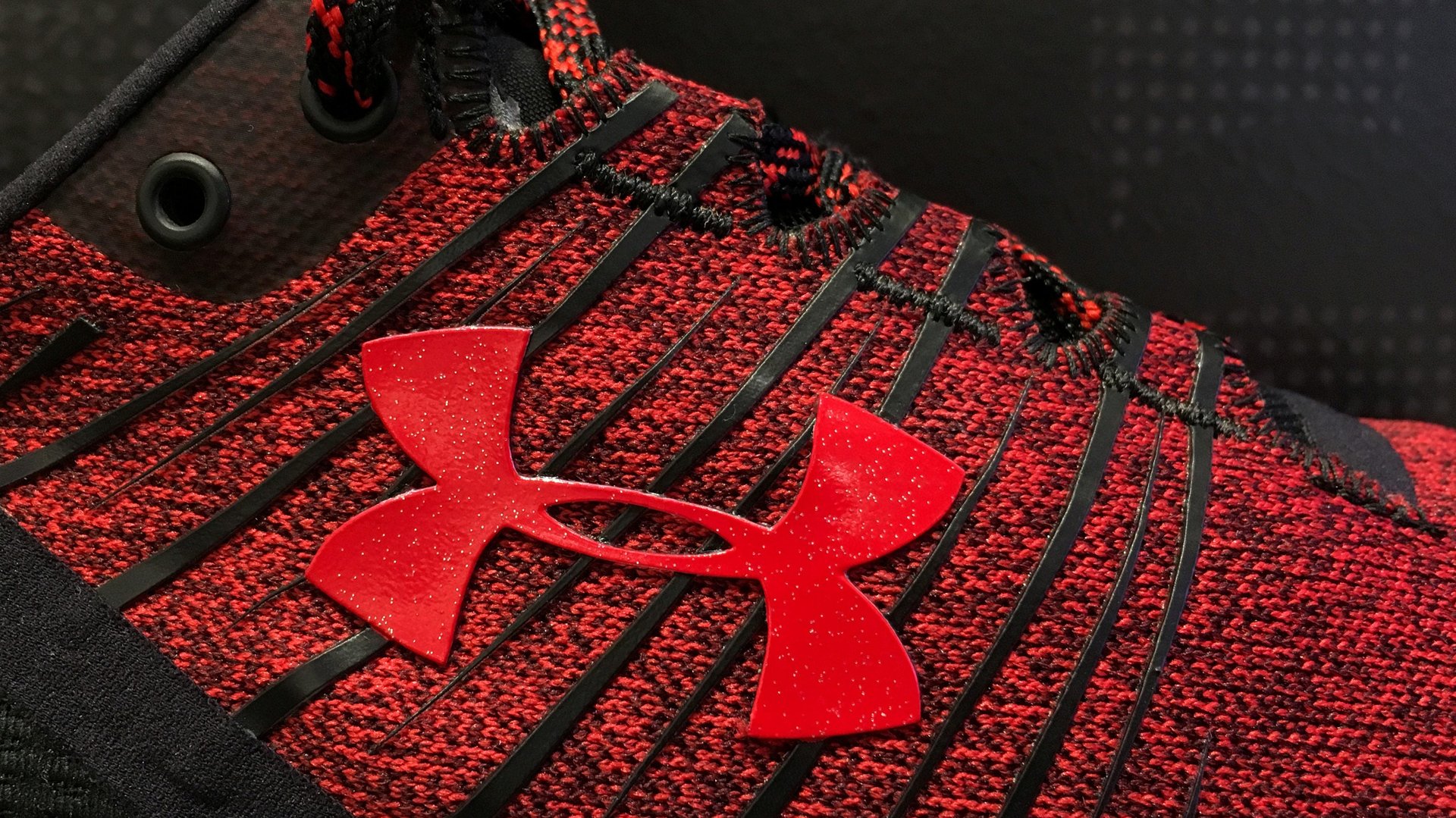Under Armour has fallen. Can it get back up?
If you believe Under Armour’s executives, 2020 is going to be their year.


If you believe Under Armour’s executives, 2020 is going to be their year.
The US maker of activewear and sneakers says it has spent the past couple years transforming its business from the inside, after a giant growth spurt lasting more than a decade outpaced the ability of its operations to keep up. It’s a great brand, founder and CEO Kevin Plank has told investors, but it had to become a great company too. Now Under Armour says it has reached a point where it has a stable foundation and is ready to make a “deliberate shift from defense to offense,” Plank told investors on a call today (Nov. 4).
But that transition won’t be easy, and questions remain about the health of its business.
Sales growth has slowed to a crawl. This quarter, sales actually shrank for the second time since the company’s IPO in 2005. In North America, its largest market, sales have been in decline for more than a year. Footwear, a big source of potential growth for the company, which does most of its sales in apparel, has strengths such as its cushioning technology Hovr. But it hasn’t been able to break out of the gym and connect with the casual wearers who make up most sneaker buyers. Under Armour’s sneaker sales fell 12% in the quarter. Its business in Asia-Pacific has thrived, but this quarter grew just 3.7%, by far its lowest since Under Armour began breaking out sales for the region in 2017.
On top of these issues, yesterday the Wall Street Journal reported a US federal probe has been examining whether Under Armour used its accounting to shift sales around in order to make its business look healthier than it really was. “We have been fully cooperating with these inquiries for nearly two and a half years,” Dave Bergman, the company’s chief financial officer, said on the call today. “We firmly believe that our accounting practices and disclosures were appropriate.”
To hear Under Armour tell it, the weak spots in its business are under control. The main reason sales are down in North America, it said, is because it’s sending less inventory to outlets and off-price stores. This clean up also drove the drop in footwear sales, according to the company, and is the principle reason Under Armour cut its outlook for the full year to just 2% growth, versus its previous forecast of 3% to 4%. There are some other issues to overcome, such as a bit less demand for its sneakers, less traffic to its outlet stores, and fewer of the people visiting its e-commerce site actually making purchases. But these are fixable, it suggested, and really the sales declines could be seen as positive: Scaling back discounted products hurts in the short term, but it’s a sign of progress toward its stated goal of reinstating Under Armour as a premium, “full price” brand.
The dip in the Asia-Pacific business, meanwhile, was just a matter of timing, it said. A number of product orders got shifted out of this quarter and into the ones just before and after.
But as much as Under Armour projects confidence, it knows it has a lot of work still to do. Plank, who recently announced he would step down as CEO come Jan. 1 to become “brand chief,” said on the call his goal is to help “reignite” growth by focusing on Under Armour’s product and storytelling.
To that end, the company plans to invest heavily in marketing, to put its brand and products back in the spotlight, and hopes its corporate troubles fade from the headlines. “We are continuing to work on quieting our company and amplifying our brand, and we really look forward to that happening in 2020,” Plank said. Results, of course, will speak loudest of all.